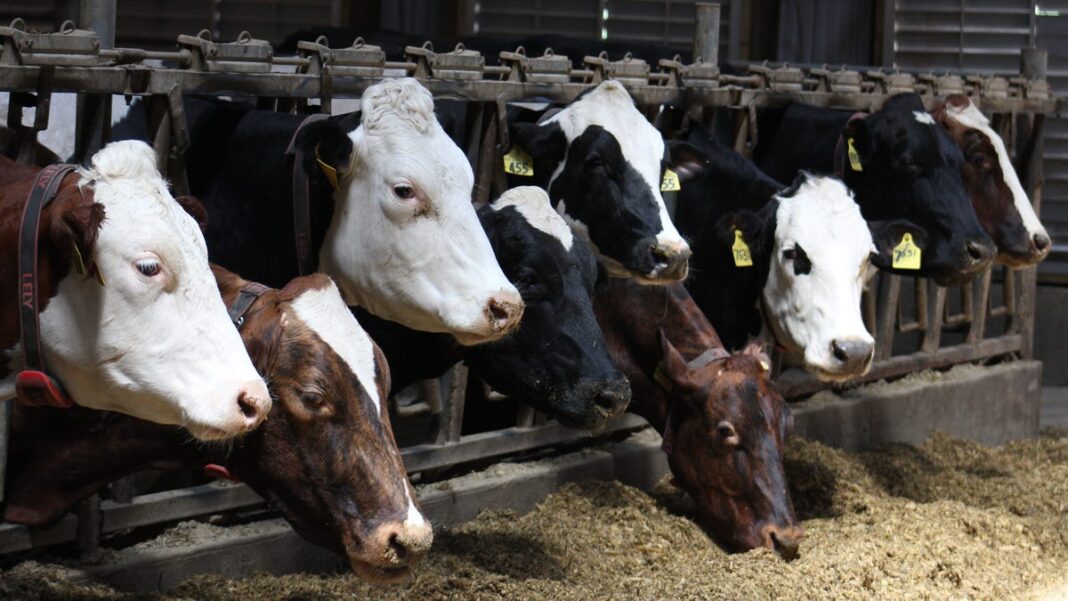Why Unnoticed Cases of Bird Flu Led the CDC to Change Testing Recommendations
Health authorities are suggesting that more comprehensive testing and increased use of antiviral medication for the flu be made available to workers potentially exposed to bird flu in poultry and dairy settings.
On Thursday, the Centers for Disease Control and Prevention (CDC) announced revised guidelines after studying 115 dairy farm employees in Colorado and Michigan. The study revealed that 7% had likely contracted bird flu, but only half of those workers remembered showing any symptoms. The CDC emphasized that asymptomatic workers in high-exposure jobs on farms may be at greater risk of infection.
Earlier recommendations from the CDC restricted testing to symptomatic workers following contact with infected animals. Now, they advise testing for all workers who have been exposed to infected animals, regardless of any symptoms.
“In public health, we need to expand our testing criteria to detect, treat, and quarantine individuals who may be infected,” stated Nirav D. Shah, the CDC’s principal deputy director.
Furthermore, the CDC recommends that workers receive Tamiflu—an antiviral medication—if they did not use protective gear during a high-risk exposure to infected animals, even without showing symptoms. High-risk scenarios might include being splattered with raw milk from an infected cow or exposure while culling sick poultry, according to Shah.
The CDC plans to revise its recommendations regarding personal protective equipment for farm workers based on their exposure risk. Certain job roles carry a greater risk of exposure. Among the infected workers in Colorado and Michigan, all had cleaned the milking area, and 88% had milked cows, the study showed.
Shah indicated that these updated measures are designed to safeguard workers’ health and help contain the spread of the H5N1 virus, commonly referred to as bird flu.
“The less we allow this virus to thrive, the fewer opportunities it has to cause harm or mutate,” Shah explained. “The most effective way to limit the virus’s spread is to test, identify, treat, and isolate as many cases as possible among humans.”
The CDC’s new recommendations stem from the study of 115 dairy farm workers in Colorado and Michigan, where blood tests confirmed that eight workers were infected with bird flu. Surprisingly, only four of these workers remembered having any symptoms, the most reported being red, itchy, and watery eyes.
None of the infected individuals wore respiratory masks during their work, and fewer than half had utilized protective goggles.
Participants were interviewed approximately 49 days post-exposure to infected cows, and the recollections were based on their workplace safety protocols during the exposure period.
Since its detection in wild birds in Texas last year, bird flu has rapidly spread through U.S. dairies. While several farm employees in various states have fallen ill, there is currently no evidence suggesting the virus is transmissible between people.
Shah clarified that the latest blood test study does not indicate concerns regarding person-to-person transmission. The updated testing and Tamiflu recommendations seek to “minimize this risk as much as possible,” Shah remarked.
Bird flu has not affected the nation’s dairy supply, and milk is considered safe to drink once pasteurized, a process that eliminates harmful pathogens.
(This story has been revised to include new information.)

